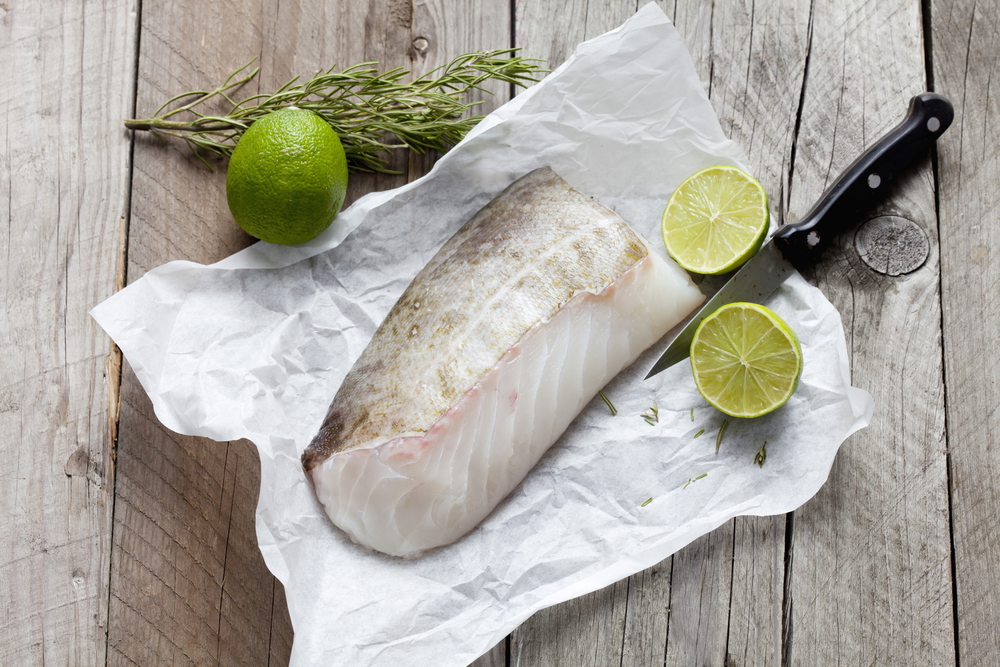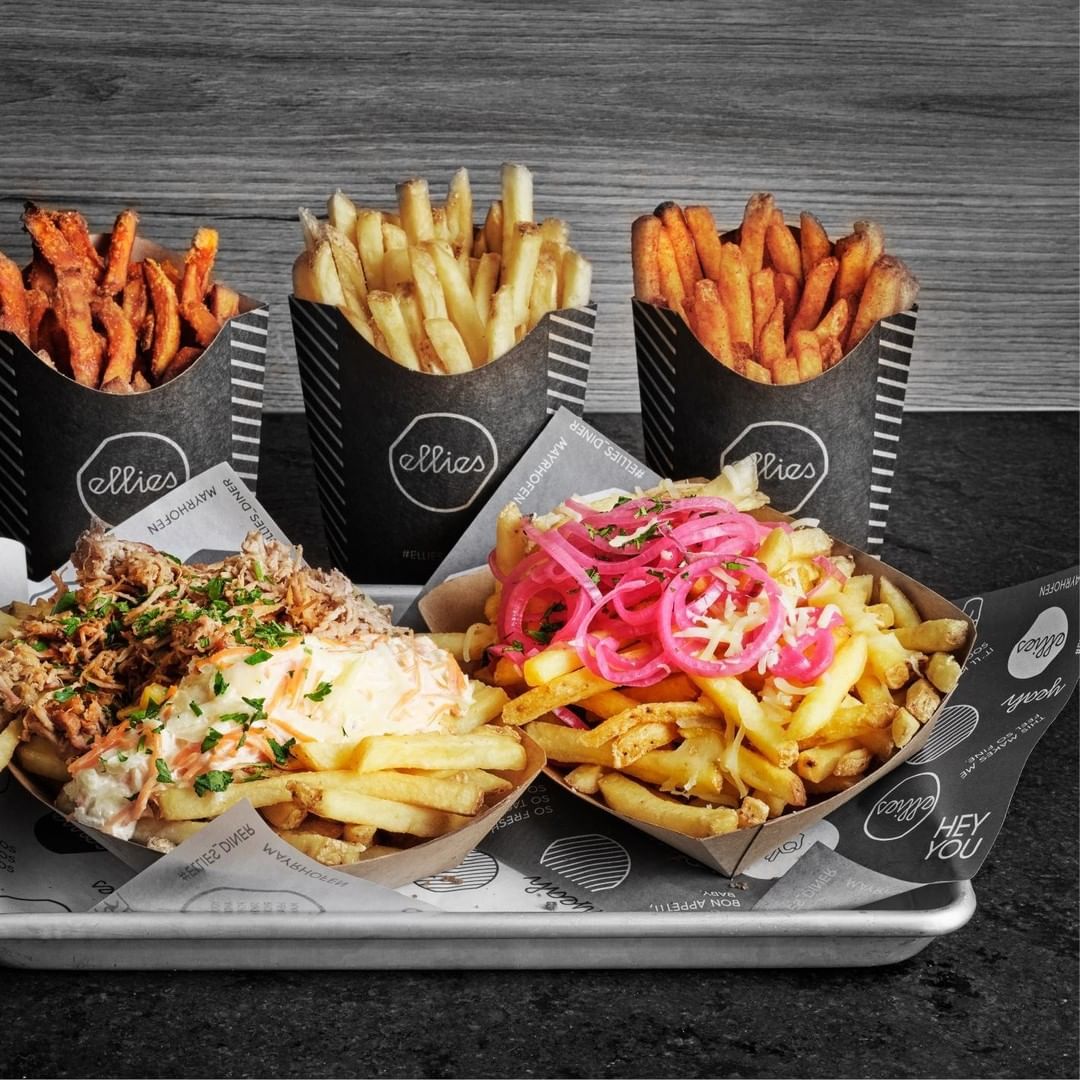Deciding Between White and Brown Greaseproof Paper Sheets
By Alysse Phily · 17. July 2024
Deciding whether to use white or brown greaseproof paper? This article covers their differences, helping you choose based on appearance, environmental impact, and specific uses.
Key Takeaways
- 👉 White greaseproof paper undergoes bleaching for a refined look, whereas brown greaseproof paper is unbleached, offering a more eco-friendly and rustic aesthetic.
- Greaseproof paper options, whether white or brown, are biodegradable and compostable, contributing significantly to reducing food packaging waste.
- Brown greaseproof paper is often preferred for its higher wet strength and environmentally friendly attributes, particularly in contexts involving moisture and high temperatures.
Understanding Greaseproof Paper
 fish fillet codfish on greaseproof paper
fish fillet codfish on greaseproof paper
📝 The design of greaseproof paper renders it impermeable to oil and grease, making it a perfect fit for diverse cooking and food packaging uses.
This characteristic comes from a detailed production process refining the paper stock into sheets with minimal porosity.
This low porosity ensures that the paper blocks grease and moisture from seeping through, keeping your food fresh and your hands clean.
The process of creating greaseproof paper includes the following steps:
- Refining the paper to make it more resistant to grease.
- Supercalendering, where the paper is passed between hard pressure rollers to make it even denser and more resistant to grease.
- Achieving a smooth, glossy finish that enhances its greaseproof qualities and provides a professional appearance.
Typically, greaseproof paper has a base weight ranging from 30 to 50 g/m², striking a balance between thickness and flexibility.
Whether you’re lining a baking tray or wrapping a sandwich, this paper is robust enough to handle the job without tearing, yet flexible enough to be folded or moulded into various shapes.
White vs Brown Greaseproof Paper Sheets: Key Differences

When it comes to choosing between white and brown greaseproof paper sheets, the differences go beyond just colour.
White greaseproof paper is bleached to achieve its pristine appearance, giving it a clean, professional look suitable for high-end packaging and presentations.
On the other hand, brown greaseproof paper retains its natural, unbleached colour, which can lend a rustic and organic feel to food packaging.
Both white and brown greaseproof papers are highly versatile, finding applications in baking, cooking, and serving as non-stick surfaces and heat-resistant barriers.
However, the choice between the two often boils down to the desired aesthetic and the brand image you want to project. While white paper offers a refined and polished look, brown paper exudes an eco-friendly and wholesome vibe.
The production processes also differ slightly, with brown paper generally involving fewer chemicals due to the absence of bleaching.
This not only makes it a more environmentally friendly option but also appeals to those who prefer a more natural appearance and colour for their food products.
Eco Friendly Packaging Options
In today’s environmentally conscious world, the choice of packaging can significantly impact your brand’s perception.
Brown greaseproof paper is often seen as the more eco-friendly option due to the lack of bleaching chemicals in its production. This makes it a popular choice among businesses looking to reduce their environmental footprint.
White or brown greaseproof paper offers substantial environmental benefits. Unlike traditional plastic wrappers, greaseproof paper can be:
- Biodegradable or compostable, contributing to reduced food packaging waste
- White pure greaseproof paper is biodegradable in landfill conditions and degrades quickly
- Some eco-friendly greaseproof papers are made from 100% virgin pulp and use an oil protection system without silica-based coatings, making them compostable and recyclable.
Bear in mind that traditional silicone-coated greaseproof paper, while exhibiting brilliant heat-proof and non-stick properties, compromises recyclability.
Thus, businesses should consider using eco-friendly alternatives that maintain compostable and biodegradable qualities, such as those made without silicone coatings.
Applications in Fast Food Restaurants and Cafes
 © Limepack Greaseproof Paper for packing sweet potato, naked and sweet pepper fries
© Limepack Greaseproof Paper for packing sweet potato, naked and sweet pepper fries
🍔 Fast food restaurants, cafés, and takeaways greatly benefit from the use of greaseproof paper.
Its ability to prevent grease and oil from soaking through makes it perfect for wrapping and serving a variety of foods, including:
- sandwiches
- paninis
- burgers
- fish and chips
Greaseproof paper ensures that the food stays fresh and presentable.
These papers come in various styles, shapes, and sizes to cater to the specific needs of different establishments.
For instance, fast food restaurants frequently use greaseproof paper to wrap sandwiches and burgers, ensuring they remain intact and appetising during delivery or takeaway.
Cafes often use both white and brown greaseproof paper sheets to serve chips and fried foods, preventing grease from making a mess and enhancing the dining experience.
Moreover, classic gingham greaseproof paper is a popular choice among customers in fast food restaurants and cafes, adding a touch of nostalgia and charm to the food presentation.
This not only enhances the visual appeal but also contributes to a memorable dining experience.
Wet Strength and Durability
Wet strength and durability are key considerations when deciding on the type of greaseproof paper to use.
Greaseproof paper is produced by treating the pulp to enhance its water absorption capacity, resulting in a structure that provides excellent wet strength.
This makes it ideal for applications involving moisture, such as:
- wrapping oily or greasy foods
- lining baking trays
- packaging greasy snacks
- wrapping sandwiches or burgers
Brown greaseproof paper generally has higher wet strength compared to white greaseproof paper, making it more suitable for tasks that involve significant moisture.
This is because the production process of brown paper typically includes additives that increase its resistance to tearing when wet.
Therefore, for baking processes or food items with high moisture content, brown greaseproof paper is often the better choice due to its superior durability.
On the other hand, white greaseproof paper, while having lower durability in wet conditions, is preferred for tasks requiring high-temperature resistance.
Its ability to withstand high temperatures without breaking down makes it a valuable asset in many baking and cooking applications.
Avoiding Harmful Chemicals
It’s important to steer clear of harmful chemicals when selecting greaseproof paper for food packaging.
Greaseproof paper is treated with substances like starches, alginates, or carboxymethyl cellulose (CMC) to make it fat repellent.
However, the presence of non-biodegradable compounds can be harmful, especially when used for food packaging.
Both white and brown greaseproof papers are made from fresh wood fibres and do not contain residues of printing ink or harmful chemicals. This ensures that the papers are safe and hygienic for food contact.
Many customers prefer brown greaseproof paper because it is unbleached and doesn’t contain chlorine, which can release harmful chemicals when heated. This makes brown paper a safer and more eco-friendly choice for food packaging.
By choosing greaseproof paper free from harmful substances, businesses can provide a more hygienic and environmentally responsible packaging solution, catering to the growing demand for eco-friendly and plastic free products.
Presentation and Branding
🎨 In the highly competitive food industry, the importance of presentation and branding in drawing and keeping customers cannot be overstated.
White greaseproof paper, with its cleaner and more refined appearance, is often preferred for high-end packaging and presentations. It provides a polished look that can enhance the perceived value of the food product.
Specialist branded packaging services offer customised greaseproof paper that can significantly enhance brand identity.
By incorporating vibrant colours, creative patterns, and brand logos, businesses can create visually appealing packaging that stands out in the market.
This not only makes the brand memorable but can also encourage customers to engage with the brand, often leading to social media shares.
Strategic presentation of branded packaging can make a lasting impression on customers, helping the brand to stand out in a crowded marketplace.
By investing in custom greaseproof paper, businesses can effectively communicate their brand values and create a cohesive brand experience.
Cost and Value Considerations
White greaseproof paper sheets are generally priced slightly higher than brown due to the additional processing required to achieve their clean appearance.
However, purchasing in bulk can provide significant discounts, making it more economical for large-scale operations. Additionally, some suppliers offer free delivery on bulk orders across the UK mainland, enhancing the overall value for businesses.
By considering the cost and value of greaseproof paper sheets, small businesses can make informed decisions that align with their budget and operational needs, ensuring they get the best value for their money when purchasing a sheet.
Summary
In conclusion, both white and brown greaseproof paper sheets offer unique benefits and applications.
White greaseproof paper provides a clean, professional look, while brown greaseproof paper offers a rustic, eco-friendly appeal.
Understanding the key differences, environmental benefits, durability, and customer preferences can help businesses make informed decisions.
By choosing the right type of greaseproof paper, businesses can enhance their packaging, support sustainability, and meet the needs of their customers.
Frequently Asked Questions
What is the main difference between white and brown greaseproof paper?
The main difference between white and brown greaseproof paper is their appearance and production process. White greaseproof paper is bleached for a clean look, while brown greaseproof paper is unbleached, retaining its natural colour.
Is greaseproof paper environmentally friendly?
Yes, greaseproof paper is environmentally friendly as it can be biodegradable and compostable, serving as an eco-friendly alternative to plastic packaging.
Why do some customers prefer brown greaseproof paper?
Some customers prefer brown greaseproof paper because it is unbleached, free from chlorine, and perceived as more environmentally friendly than white paper.
How does greaseproof paper enhance branding?
Greaseproof paper with vibrant colours, patterns, and brand logos can enhance brand identity by making the packaging visually appealing and memorable. It’s an effective way to strengthen your brand recognition and stand out from competitors.
What factors influence the cost of greaseproof paper sheets?
The cost of greaseproof paper sheets is influenced by factors such as the type (white or brown), processing involved (such as bleaching for white paper), and the quantity purchased, with bulk orders often resulting in significant discounts.

